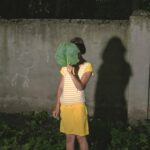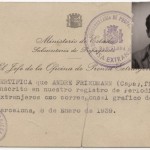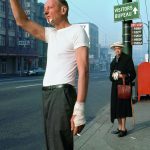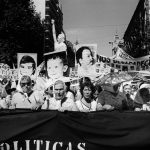Summary 09
Publicado em: 23 de October de 2015ON THE 20th anniversary of the death of George Love, the American photographer who lived in Brazil between 1960 and 1980, ZUM publishes some of his portraits and landscapes, which contrast the frenetic stress of cities with paradisiac, apocalyptic visions. In a less exalted vein, Graciela Iturbide, the grande dame of Mexican photography, shows us women who appear to be monuments carved out of stone. In a revealing interview, Lucien Hervé, who died in 2007, recalls his career and reminds us that good photography is built up from bricks of ideas. Lucia Mindlin Loeb’s fascination with cities is a constant thread running through her photographic survey. Her uninhabited streets, photographed ten years apart, are a perfect counterpoint to the gregarious life of the Araweté people, informally photographed in the 1980s by anthropologist Eduardo Viveiros de Castro.
In these days of bits and bytes, ZUM looks back at the historical photographic experiments conceived by the Italian Ugo Mulas to show how the supposed impartiality of the image can serve the most ambiguous purposes. From Mulas to Saul Bellow, distrust dominates this edition – the feeling is also shared by Professor David Levi Strauss, who analyzes the political meaning of some famous cases of photographic manipulation. Political boldness is part and parcel of the images shot by Ai Weiwei’s visual machine gun, who took aim at the Chinese government and hit the mark in our remarkable world of images.







